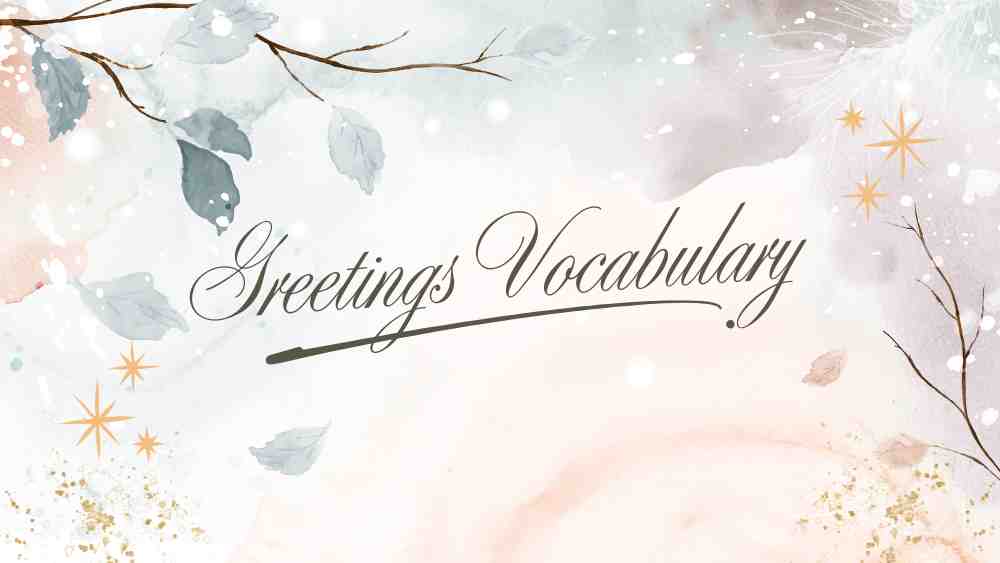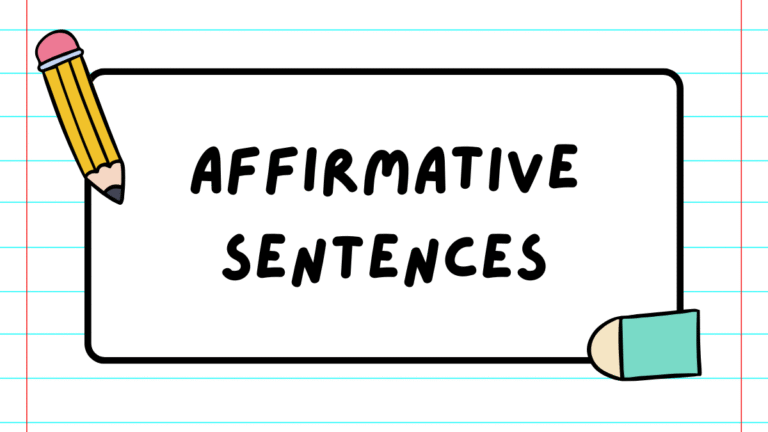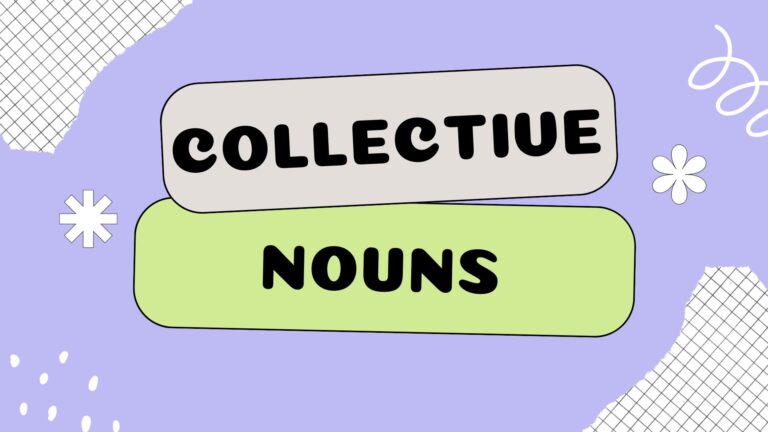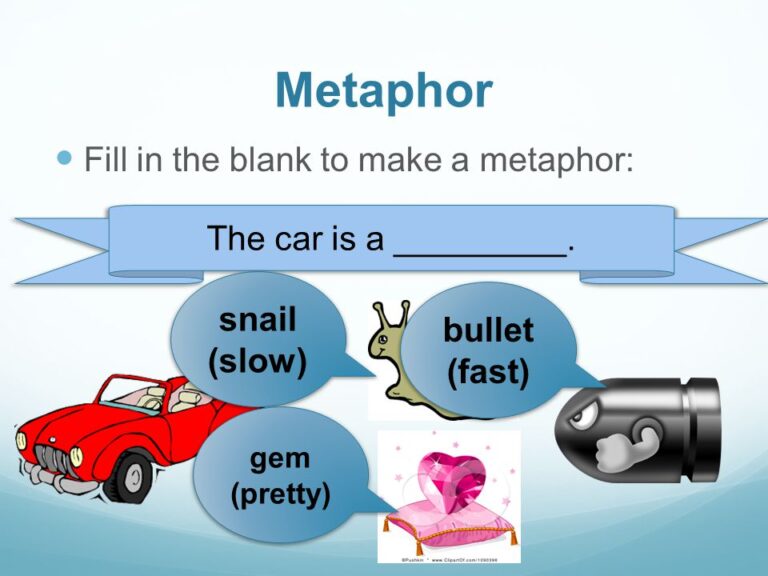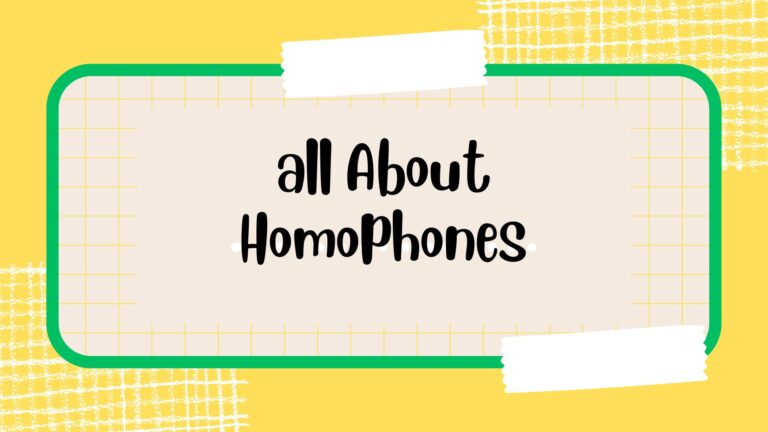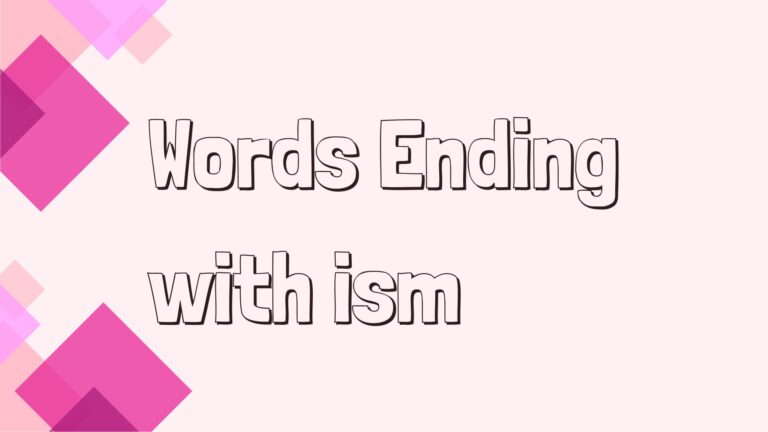Creative Greetings Vocabulary
The right greeting can greatly affect relationships. Many people use common phrases and miss chances to connect. Creative greetings vocabulary is provided here to you that will engage others. You will find advice to enhance your vocabulary and boost your communication skills.
Introduction to Creative Greetings Vocabulary
Creative greetings improve communication by adding warmth and personality. The context is important; casual greetings work for friends, while formal ones are better for professional settings. Using the right words for each relationship builds deeper connections, creating lasting impressions that enhance social interactions.
Importance of Unique Greetings Vocabulary
Unique greetings encourage curiosity and deeper relationships by showing respect for the person being addressed. In personal and professional situations, special greetings can reduce awkwardness and lead to meaningful conversations. For meaningful conversation you need to have full command on English grammar.
Memorable introductions in business stand out from ordinary small talk, helping to build trust and rapport. Creative greetings in personal interactions show openness and joy. Using unique greetings improves communication skills and fosters a culture that values individuality and connection in every interaction.
Seasonal Greetings for Special Occasions
Seasonal greetings help us feel connected and spread warmth and kindness. Recognizing cultural differences makes greetings more personal and meaningful.
Greetings for special holiday:
Phrases like “Merry Christmas” capture the spirit of the occasion. Using local traditions can strengthen relationships and create a sense of belonging.
Greetings for general celebration:
“Wishing you a season of joy and happiness!” or “May this season bring you much pleasure!” . This wording is related to the general celebration.
Cultural Greetings Around the World
Cultural greetings show the values and traditions of a society. Different greetings encourage us to think about our own ways of communicating.
- In Japan, “ojigi” involves a slight bow that shows respect and humility.
- Bowing reflects social order and harmony in Japanese culture.
- The Spanish greeting “hola!” expresses warmth and excitement.
- The Maori greeting “hongi” involves touching noses, symbolizing sharing life and breath.
- The Middle Eastern greeting “salaam” means peace and wishes for safety and well-being.
Playful Greetings for Friends and Family
Playful greetings enhance daily interactions with friends and family. Custom greetings make recipients smile and highlight special connections.
- Use unique phrases like “Greetings, Earthling!” for a fun tone.
- Examples include “Ahoy, Captain of My Heart!” or “What’s cookin’, good lookin’?”
Formal Greetings for Professional Life
Greetings set the tone for professional interactions. Acknowledging achievements in greetings fosters goodwill. Formal greetings are generally polite and respectful. Appropriate body language, like a handshake or smile, enhances greetings.
Greetings Related to Time:
- Good morning: Basically used from dawn until noon.
- Good afternoon: Used from noon until dusk or approximately 6:00 pm.
- Good evening: Used after dusk or 6:00 pm.
General Greetings:
- Hello: A versatile greeting, often preferred over “hi” or “hey” in formal situations.
- How are you? or How are you doing? Polite ways of inquiring about someone’s well-being.
- It’s a pleasure to meet you. A more formal way of expressing your pleasure to meet someone.
- Pleased to meet you. Similar to “It’s a pleasure to meet you”.
- Nice to meet you. A polite and commonly used greeting.
Tips for Crafting Memorable Messages
As you acknowledged more information about greetings, their meanings and importance. Here is the list of tips for you to have lasting effects on people minds. It is only applicable if you follow these tips.
- Connect with your audience’s feelings to create memorable messages.
- Share relatable stories to help readers remember and feel closer to you.
- Use sensory words to make a lasting impact.
- Keep your messages short but meaningful.
- Use metaphors and analogies to explain difficult concepts easily.
- Invite interaction with questions and calls to action.
So, hopefully you got much information on Greetings vocabulary.

